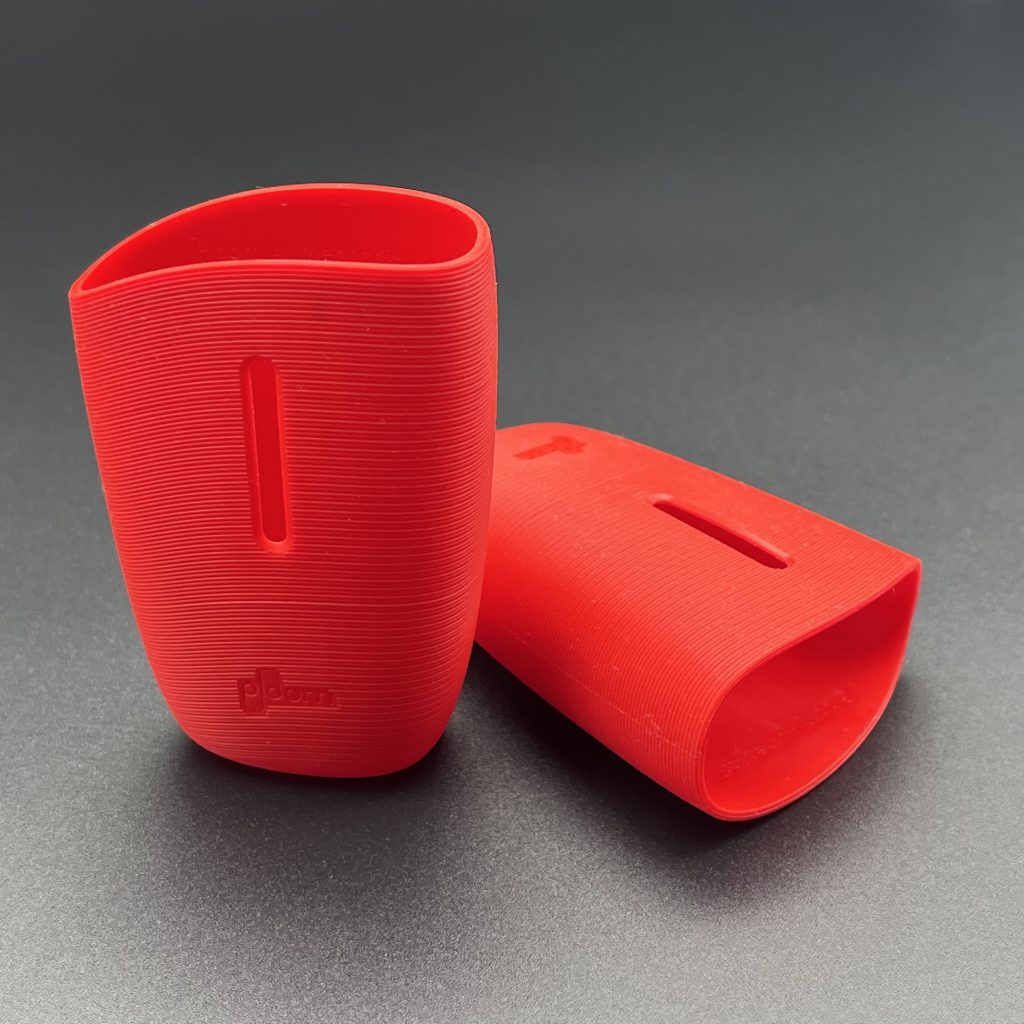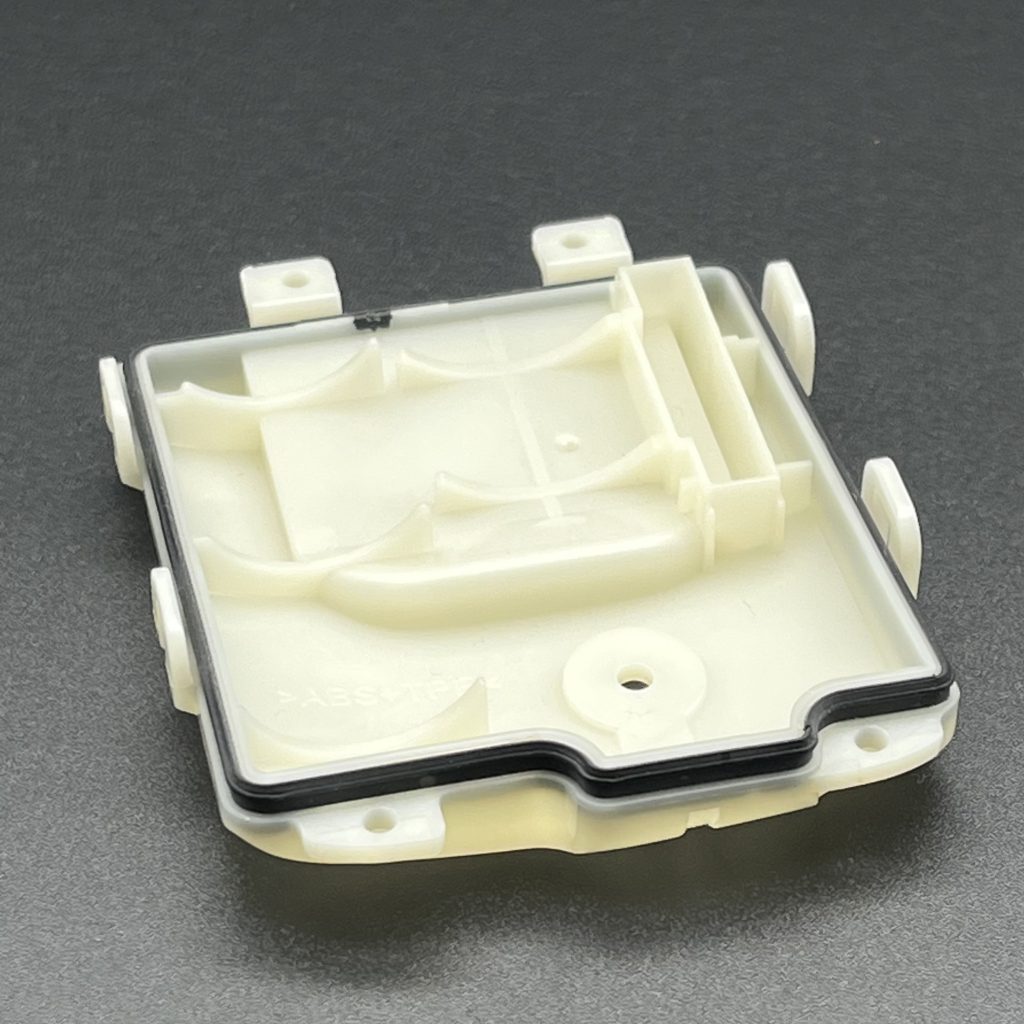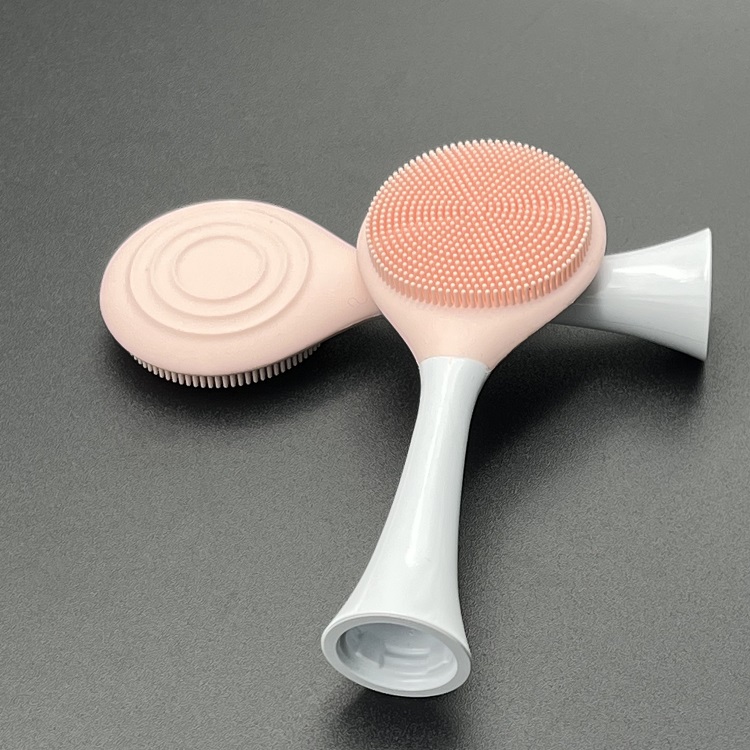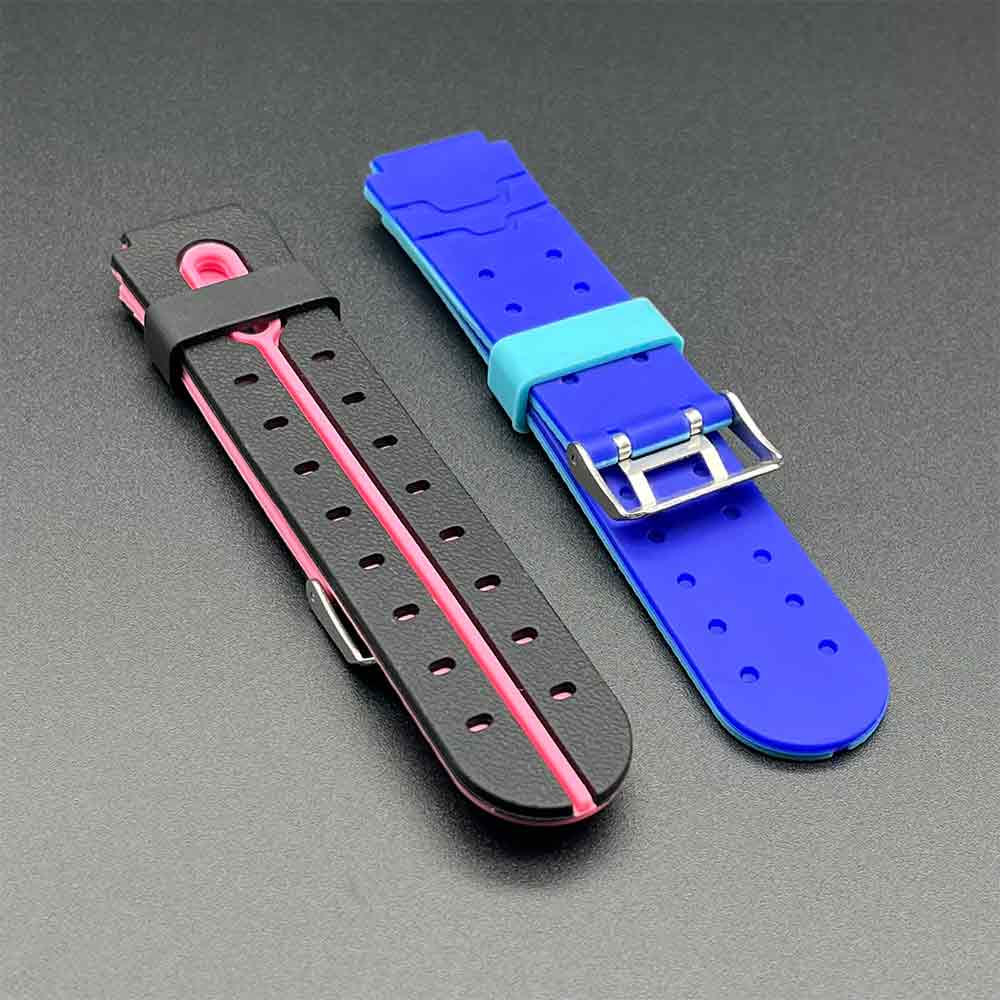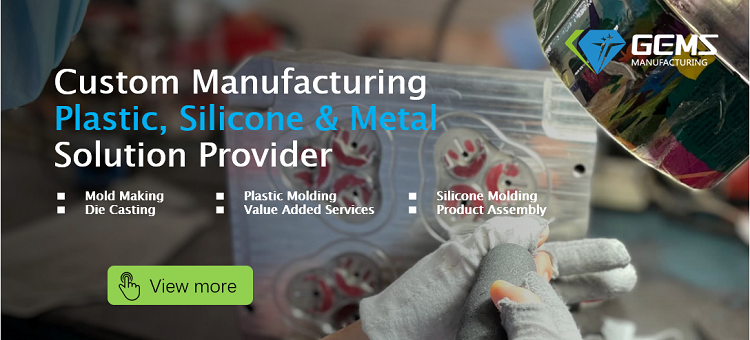
I. Introduction
Are you embarking on a project that requires flexibility and durability? The choice between Thermoplastic Elastomer (TPE) and Silicone materials is critical. This guide is designed to be your compass as you navigate the complex landscape of material selection, providing in-depth insights into the unique properties of TPE and silicone. From defining application requirements to evaluating processing nuances and considering sustainability, each step is meticulously covered to ensure you make an informed decision tailored to your project’s needs.
Whether you’re manufacturing medical devices, consumer products, or automotive components, the differences between TPE and silicone will determine the performance and longevity of your product. Join us on this journey as we delve into the intricacies of TPE vs. Silicone, empowering you to make decisions that will take your project to new heights.
![]()
